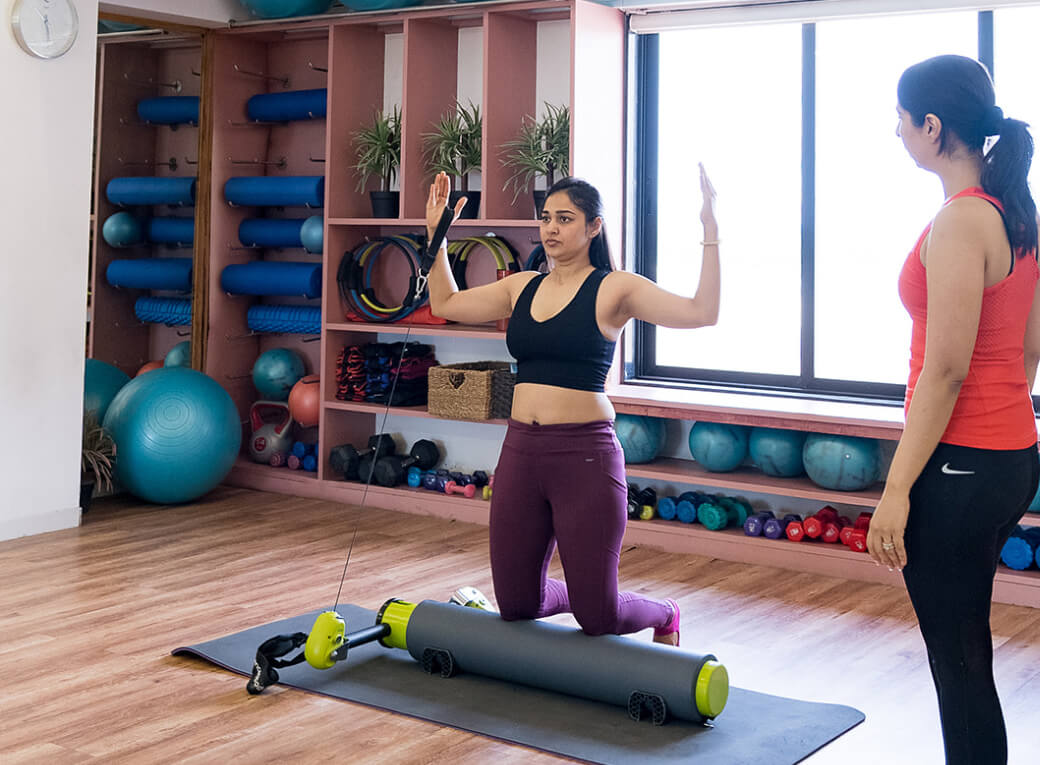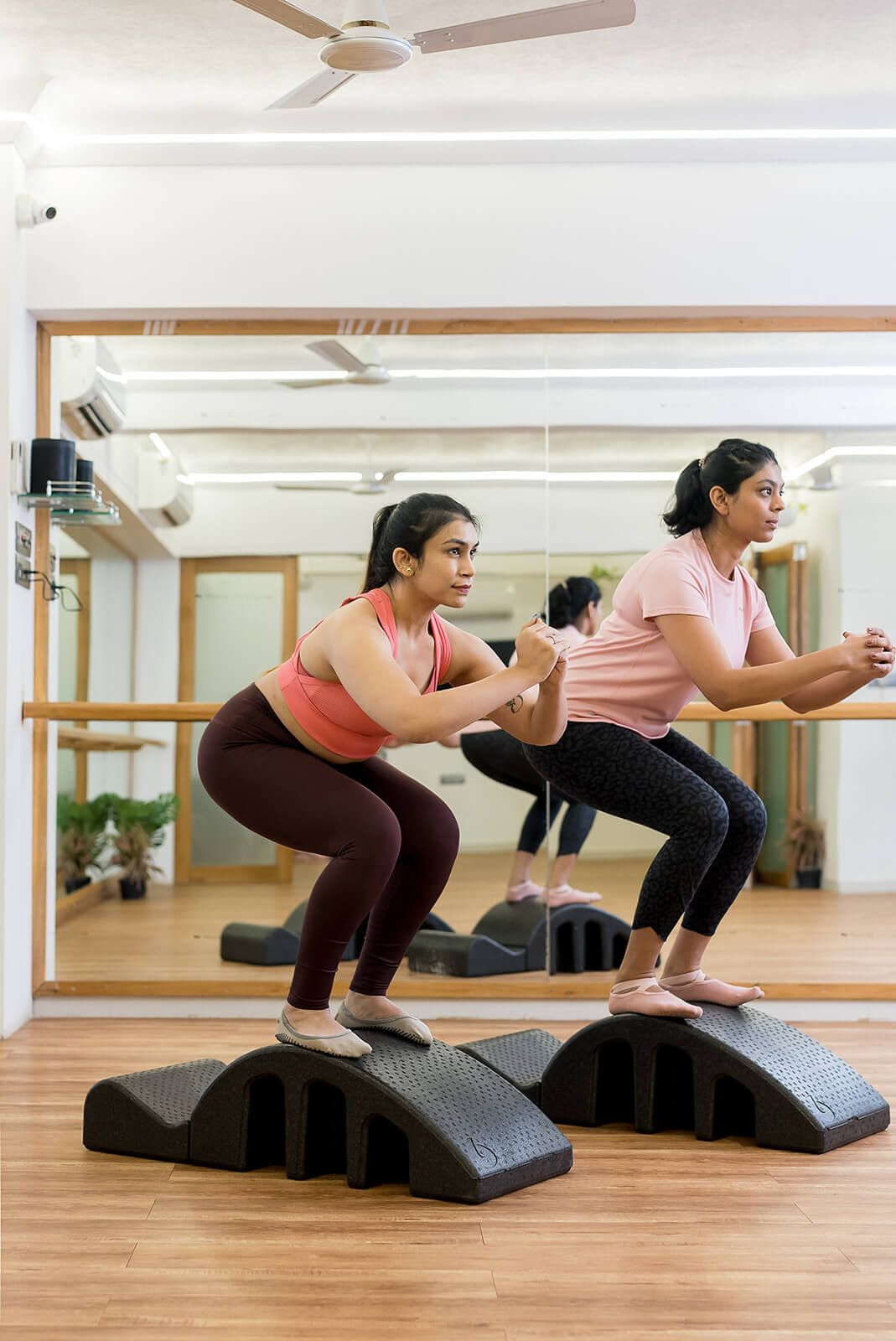When it comes to enhancing your physical and mental well-being, a myriad of fitness practices await your exploration. Two prominently regarded options are Pilates and Yoga, each offering a plethora of benefits, yet distinguished by their methods and outcomes. In this comprehensive guide, we will delve into the realm of Pilates versus Yoga, dissecting the core distinctions, advantages, and factors to consider. By the end, you’ll be equipped to make an informed choice aligning with your goals and preferences.
Understanding Pilates
What is Pilates?
Joseph Pilates birthed this fitness system in the early 20th century. Pilates centers on fortifying core muscles, amplifying flexibility, and augmenting overall bodily strength. Typically conducted on specialized equipment or a mat, Pilates emphasizes precise, controlled movements alongside mindful breathing techniques.
Benefits of Pilates
- Core Strengthening: Renowned for its prowess in core strengthening, Pilates hones in on the deep abdominal muscles, providing a stabilizing foundation for your spine.
- Improved Posture: Consistent Pilates practice can rectify poor posture, paving the way for an upright and well-aligned physique.
- Enhanced Flexibility: Pilates exercises extend flexibility in muscles and joints, reducing the risk of injuries and promoting suppleness.
- Mind-Body Connection: Much akin to Yoga, Pilates prioritizes mindfulness and concentration, nurturing a profound connection between mind and body.
Exploring Yoga
What is Yoga?
Originating in ancient India millennia ago, Yoga encompasses a diverse array of physical postures, breathing exercises, meditation practices, and philosophical principles. Yoga is celebrated as a holistic discipline addressing physical, mental, and spiritual well-being.
Benefits of Yoga
- Flexibility and Balance: Yoga postures foster heightened flexibility and balance, enhancing mobility and reducing the likelihood of falls.
- Stress Reduction: Through its emphasis on mindfulness and meditation techniques, Yoga effectively diminishes stress and anxiety levels.
- Strength and Endurance: Certain Yoga styles, such as power yoga, cultivate strength and endurance progressively.
- Improved Breathing: Pranayama, the art of breath control in Yoga, elevates lung capacity and overall respiratory health.
Key Differences
Exercise Approach
- Pilates: Prioritizes controlled movements and targeted muscle engagement.
- Yoga: Encompasses a blend of poses, meditation, and breath control.
Goal
- Pilates: Primarily directed towards physical fitness, core strength, and flexibility.
- Yoga: Addresses physical, mental, and spiritual well-being.
Equipment
- Pilates: Often necessitates specialized equipment like reformers and Cadillac machines.
- Yoga: Can be practiced with minimal equipment, predominantly a yoga mat.
Mindfulness
- Pilates: Emphasizes physical engagement, placing less emphasis on meditation.
- Yoga: Integrates mindfulness and meditation as foundational components.
Which Practice is Right for You?
The choice between Pilates and Yoga hinges upon your objectives and inclinations. If you seek a rigorous workout regimen primarily targeting physical fitness and core strength, Pilates may align perfectly. Conversely, if your aspirations encompass a holistic approach encompassing physical postures, meditation, and spiritual growth, then Yoga could be your ultimate choice.
In the realm of fitness and well-being, both Pilates and Yoga proffer unique merits. Whether you opt for Pilates to sculpt your core or Yoga to attain inner serenity, the key is to select a practice that deeply resonates with your individuality. Keep in mind that you can even harmoniously blend elements of both into your fitness routine, forging a comprehensive path towards health and well-being.
Incorporating Both Practices
The beauty of fitness and well-being lies in its adaptability to your unique needs and preferences. While Pilates and Yoga have their distinctions, there’s no rigid rule against embracing both in your wellness journey. In fact, many individuals find that combining elements of both disciplines can create a well-rounded approach to health.
For example, you might incorporate Pilates sessions into your weekly routine to enhance core strength and flexibility, while dedicating time to Yoga for its stress-reducing benefits and holistic mindfulness. This blend can provide a balanced regimen that not only sculpts your physique but also nurtures your mental and emotional well-being.
Listen to Your Body
Regardless of whether you choose Pilates, Yoga, or a fusion of both, it’s crucial to listen to your body. Every individual is unique, and what works best for one person may not be the ideal fit for another. Pay attention to how your body responds to each practice, and adapt your routine accordingly.
If you find that a particular style of Yoga resonates with you more than another, or if you prefer specific Pilates exercises, don’t hesitate to tailor your regimen to suit your preferences. The key to sustained wellness is finding a practice that you enjoy and can commit to consistently.
Conclusion
In the realm of fitness and well-being, Pilates and Yoga stand as two remarkable pillars, each offering its own set of benefits and philosophies. The decision between these practices should align with your personal goals, whether they involve sculpting your physique, finding inner peace, or a combination of both.
Ultimately, there’s no definitive answer to the Pilates vs. Yoga debate because the choice is a deeply personal one. What matters most is that you engage in a practice that resonates with you, brings joy, and contributes to your overall health and well-being. Whether you choose one path or decide to explore both, your journey towards a healthier, more balanced life begins with your unique preferences and aspirations.



